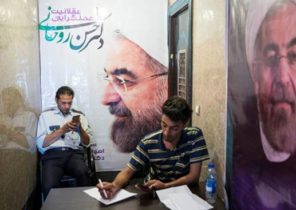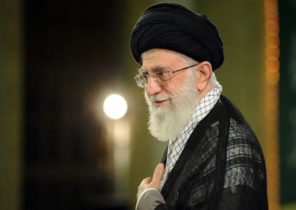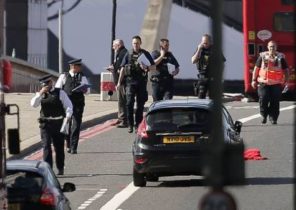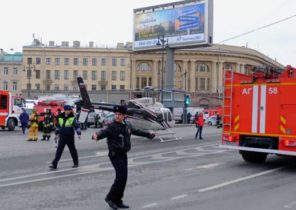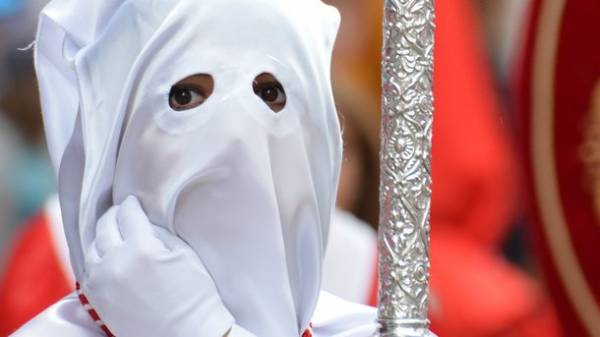
UK: CULT ROYAL HATS
In this country, traditionally, regardless of denomination, it is customary to dress up for Easter service more elegant. However, only Queen Elizabeth II has managed to create a cult out of their outfit that day. And most of all the attention the audience paid to it is the Royal hat: following the example of the Queen, representatives of the world’s elite believe that the presence at the Easter prayer just needed a carefully selected headdress pastel tones.
Interestingly, the hat, which will decorate the crowned head into Easter Sunday, each year is created according to certain rules. The layout is made out of straw and then personally approved by Elizabeth. Field headgear in any case should not touch the back collar outerwear. You can’t make them wide, so as not to close the Regal countenance from the gaze of the enthusiastic citizens. However, the width of the fields have a purely practical aspect: the hat should not obstruct the exit of the coach or car.
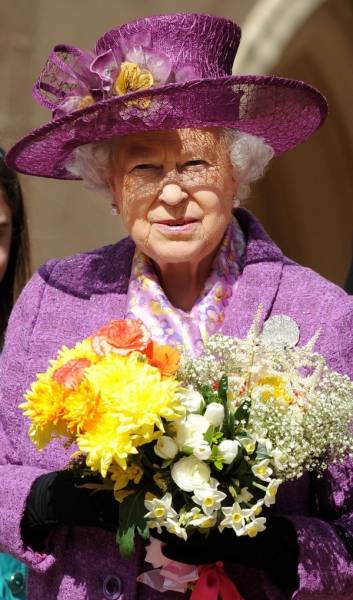
Elizabeth on Easter
GERMANY: HORSES IN BRAIDS AND BLAZING WHEELS
On Easter Monday the streets in the Bavarian town of Traunstein stem participants horse costume procession in honor of St. George. The fact that he, among other things, is revered as a patron of horses and other farm animals. The purpose of the procession is the Church of Ettendorf a few kilometers from the city, where the priest blesses the livestock. And the manes of the horses, for greater beauty, braided in many braids.
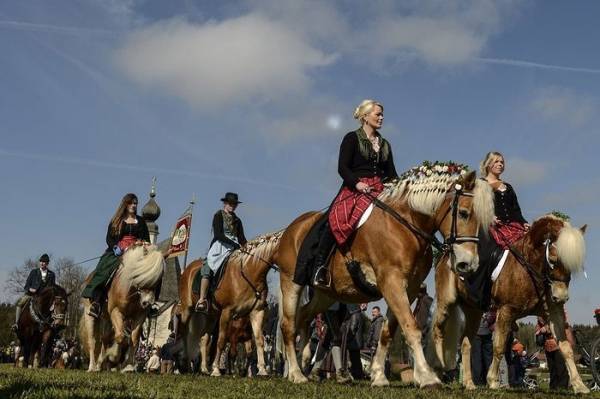
Traunstein. Equestrian procession in honor of St. George is held annually in the South
The tradition of the procession has a long history — from the XVI century. And today action in Traunstein was one of the most popular tourist spectacles, perfectly complementing the Easter holidays.
Similar horse-drawn procession is still preserved in the Sorbs — small groups of Slavs living in the South-East of Germany in Saxony and Brandenburg. The Sorbs have adopted a special outfit for the participants of the procession: cylinder, black coats and pants, white shirts.
In some regions of Germany (e.g. in the West) is another Easter tradition — wooden wheel “sonnenrad” tied to it with brushwood and straw is ignited and allowed to roll down the hill. After a blazing wheel must be pulled through a long trail of fire. More fireproof version of sonnenrad — just the Easter fire, is most often found in the North of the country. By the way, in some areas of the Ukrainian Carpathians the custom of kindling a large fire — bonfire in celebration of Easter there is a long time ago.
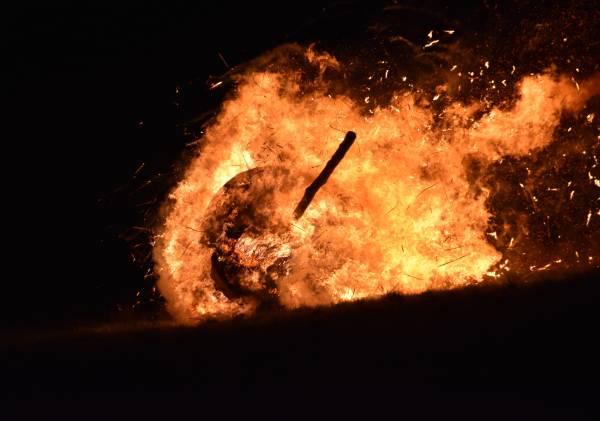
Sonnenrad — flaming wheel
Finally, another not so spectacular, but sweet German tradition for Easter in a special way adorned with rural wells. Externally, the result is a hybrid of the Christmas tree and Easter decorations. In some towns in the South of Germany (Swiss Franconia) such wells — “osterbrunnen” — became a full-fledged tourist attractions. The most famous is located in the village of Biberach.
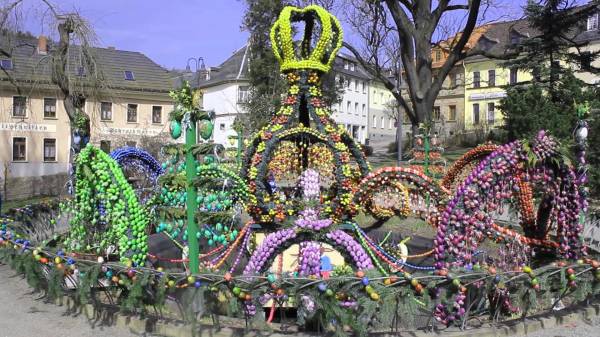
Osterbrunnen. In a special way adorned with the well in Bavaria
SPAIN: BIBLICAL HISTORY IN COSTUMES
For several centuries, during which the Iberian Peninsula was raging Inquisition, are felt to this day. For example, the costumes of participants of the action during the Spanish Semana Santa (Holy week) look pretty grim. These days the streets of cities from each Church to the main Cathedral we move to the crowded processions accompanied by bands. Participants carry candles on their heads wear pointed caps with slotted holes for eyes. This outfit is supposed to symbolize the repentant sinners. However, the gloom marches well soften Paso ornately decorated platform with sculptures depicting the passion of Christ.
This tradition originated in the XVI century. Each region of Spain has its own nuances. But the South, the more lush it becomes Semana Santa. According to the beliefs, is atoned for by the long rule of the infidels-Moors.
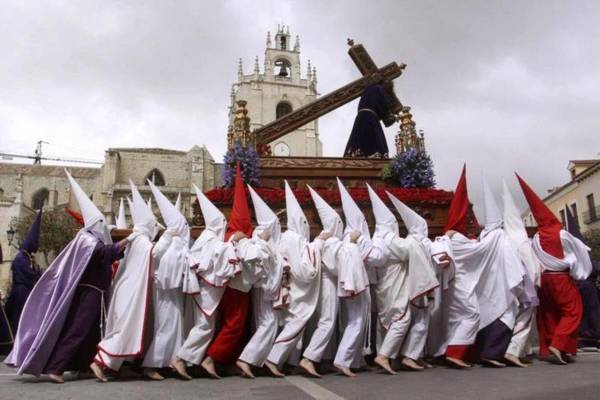
Procession. People in hoods represent penitents
LITHUANIA: THE PYRAMID OF EGGS BUILT THROUGHOUT THE CITY
Easter tradition in this Baltic country (and she ain’t 15 years) — to build on the main squares of major cities of the pyramid of colored eggs. The largest and most beautiful erected in Vilnius: the number of eggs in its construction reaches 30 thousand! “Building material” for the pyramid to collect all the world: cake supply citizens, firms, and government. And too often, urban trees are decorated with beautifully decorated eggs.
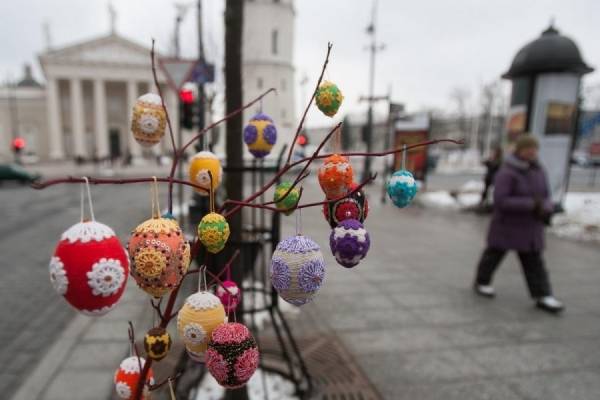
The branches of the trees hang the eggs
POLAND: SMIGUS-DYNGUS THE DAY WHEN IT IS ALLOWED TO POUR PASSER
If the Bavarians Monday after Easter, riding on a mighty heavy horses, in Poland, young people throw water. However, poles have a monopoly on “watering Monday”, “smigus-dyngus” (Pol. Smigus-dyngus): this entertainment is not uncommon for the whole Central and Eastern Europe. The Slovaks and Czechs, for example, it’s called “oblivate”, in Western Ukraine — “ulianka”, “polivani ponedilok” Serbs “pobusan ponedeljak”.
The idea of the ritual is simple: young people pour each other and, especially, girls. And those, in turn, loudly screaming, running away. In short, this simple but persuasive way of flirting. As a rule, more buckets, plastic bottles and shoot water toy guns the imagination of participants is not. But in Poland, special fans of smigus-dyngus even used fire trucks.
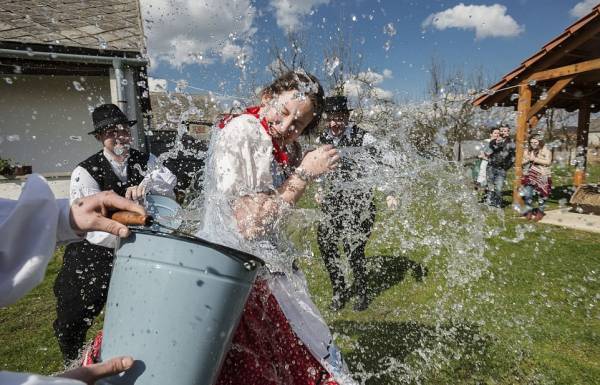
Poland. A bucket of water as an expression of sympathy
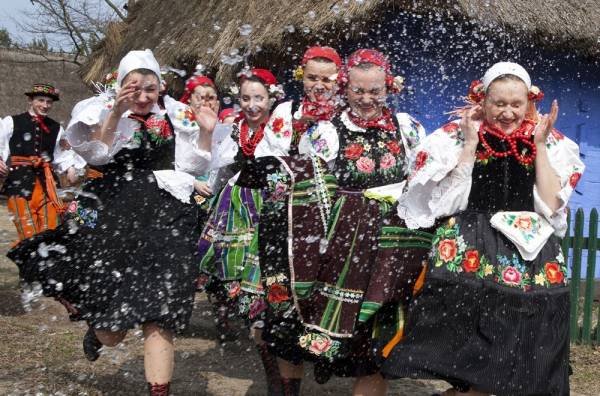
Hungary. Pour love not only poles
USA: RIDING EGGS TOGETHER WITH THE PRESIDENTIAL FAMILY
Traditional fun of Americans in a day of Easter — eggs skating sloping lawn. Arrange it on Monday, on the second day of the celebration. And in a similar action on the lawn at the White house attended by the President and his wife. Willing to roll the eggs in the company of the head of state a lot, so they organized a lottery in which the prize is a ticket. And with the event being broadcast to the entire country.
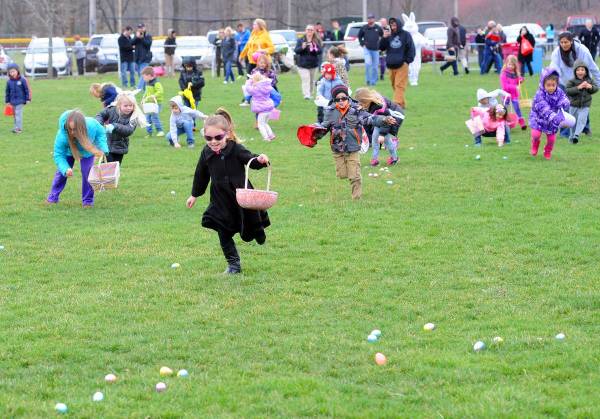
Competition. The winner is the one who will drive the egg the farthest
AUSTRIA: MOUNTAINS OF EGGS AND ROYAL FAIR
A mandatory part of the celebration of Easter in Austria — holiday Bazaar. One of the most famous fairs held in front of schönbrunn Palace. And the old Viennese Easter fair (the square Freyung in the Old town) every year built the largest in Europe, the mountain of eggs, composed of 40 thousand Easter eggs.
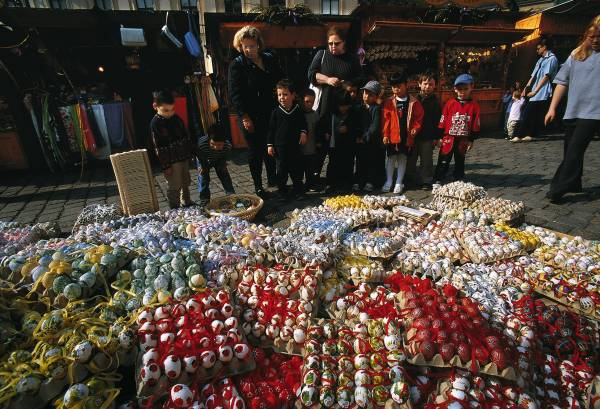
Vienna. Festive trade around the Royal Palace

